Teams, tales and tips – a guide to the local game
In a narrow strip of the Netherlands tightly squeezed between Belgium and Germany, Sittard is a typical Limburg town, with a pretty market square and a strange local dialect.
Its flagship football club Fortuna Sittard celebrated their 50th anniversary in 2018 with promotion to the top-flight Eredivisie after an absence of nearly two decades. Fans may have turned Markt square into a field of yellow and green during the celebrations, but many realised that it has been a good 30 years that the Fortunezen were last a force in Dutch football.

But there is more to the local game than decades of underachievement. Sittard is part of a greater municipality of Sittard-Geleen, and Geleen is where Europe’s largest state mine, Maurits, was once located. Football became as integral to the community here as it did in many mining towns. Staatsmijn Maurits (‘Maurits State Mine’) were founded in 1926, later becoming SV Maurits and playing home games at the Mauritsstadion, at the entrance to the mine. In 1949, a new Mauritsstadion was opened, in the centre of Geleen.
Across in Sittard, clubs developed under the aegis of schools or the Church, or both. Roman Catholic Sports Club (RKSV) Sittaard, who merged with Fortuna ’54 from Geleen to create Fortuna Sittard in 1968, were themselves an amalgamation of RKVV Sittardse Boys and VV Sittard.
These two clubs, merged in 1950, could trace their histories back to 1902. RKVV were originally Spartan, VV were first SVC, then Quick.

Over in Geleen, Fortuna ’54 were created by dynamic, influential Gied Joosten. This former fighter in the Dutch Resistance had built up a successful contracting business after the war but his life took a different path when he went to Paris to attend a football match between Holland and France in 1953. It was a charity fixture to raise funds for victims of the devastating floods earlier that year.
The Dutch team, formed of professionals playing in the French league, beat a Kopa-inspired France 2-1. Not only did the game raise 110,000 guilders but motivated Joosten to form a professional club back in the Netherlands: Fortuna ’54. He also became chairman of the country’s first professional football association, the NBVB.
Created in direct competition with the Dutch FA, the KNVB, the NBVB involved ten clubs, including Den Haag and Utrecht. By November 1954, it was obvious that the country could not sustain two leagues so they merged.

Joosten can justifiably be credited with establishing professional football in Holland. Soon afterwards, Fortuna ’54 swallowed up SV Maurits, amateur Dutch champions in 1957, and brought across their top players. The Mauritstadion duly became the Fortunastadion.
Fortuna and Sittardia had already faced each other for the local Westerlijke Mijnstreekderby (‘Western Mine Zone Derby’) during the transition season of 1954-55. Fortuna, though, would soon leap ahead of their later partners, finishing league runners-up in 1957, winning the Dutch Cup that same year thanks to twin international strikers Bram Appel and Henk Angenent.
Appel, whose hat-trick at Feyenoord turned the cup final in Fortuna’s favour, was born Abraham Appel. When playing for a team of forced Dutch labourers during the war in Berlin, he had refused to give the Hitler salute and fell foul of the authorities. It was Appel’s two goals that helped take Holland’s match with Great Britain to extra-time at Highbury in 1948, the Dutch team missing out on the Olympic quarter-finals after a 4-3 defeat.

In 1964, Fortuna again won the Dutch Cup, beating ADO Den Haag on penalties. Drawn against a decent Torino side in the Cup-Winners’ Cup, Fortuna then made a good fist of their European debut, falling 5-3 on aggregate thanks to goals by notable internationals Gerry Hitchens and Gigi Meroni.
Sittardia, meanwhile, flitted between second and top flights, making the Mijnstreekderby was a regular fixture. With the collapse of Joosten’s construction company in 1966, Fortuna’s fortunes faded and a merger with Sittardia was the only option.
Since 1964, Sittardia had been playing at the new municipal stadium of De Baandert, moving the short distance from their previous ground. For the first two seasons, the new Fortuna Sittard used both De Baandert and the Fortunastadion in Geleen as their home ground but, with the financial clout of Sittard council, the nascent club set up permanent base at De Baandert, north of town, from 1970.

With the club’s identity passing over to Sittard, support dwindled in Geleen. Today, older Fortuna ’54 fans still meet and talk about old times.
In 1999, Fortuna Sittard moved from De Baandert to a new stadium south of town, close to the outskirts of Geleen. For a short while in 2013, the Fortuna Sittard Stadion was named after its sponsors, Offermans Joosten, an offshoot of the company created by the late entrepreneur.
Before the 2006 World Cup, it staged two warm-up internationals, involving Belgium, Turkey, Saudi Arabia and Angola. The last time Holland played in Sittard was in 1992, a 3-2 win over Austria at De Baandert.
Getting Around
Arriving in town, local transport and timings
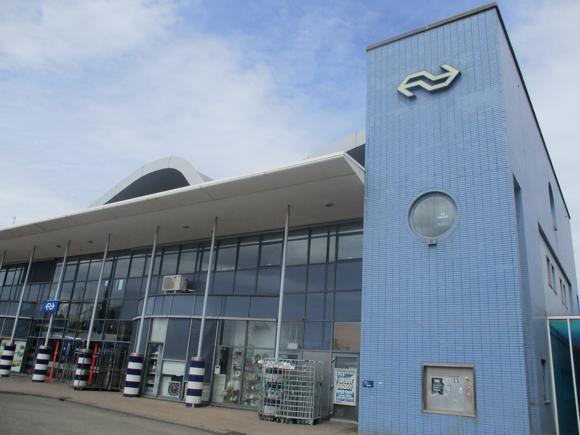
The nearest airport to Sittard is Maastricht Aachen 16km (ten miles) south-west of town. Arriva bus 30 runs from outside the terminal to Sittard bus station, by the train station, twice an hour Mon-Fri, hourly at weekends. Journey time is 30mins.
Dutch trains and public transport run on the nationwide OV-chipkaart (€7.50) system. Touching in (and out!) with your OV-chipkaart costs far less than buying a ticket from the driver.
Taxi Sittard Geleen (+31 46 26 00 206) based close to Sittard station should charge around €40-€50 to/from the airport, a 15min journey by car.
Eindhoven Airport is 84km (52 miles) away, with a direct train connection every 30-30mins (€14 single, 45min journey time). From the airport terminus, head straight out to the stop for the 400/401 buses to Eindhoven station (every 10-15mins, journey time 20min). Tickets are €4.24 from the machine at the stop or online. The same journey costs €2.20 using the OV-chipkaart.
From Amsterdam Schiphol, the train requires a change at Utrecht, overall journey time 2hrs 10mins, €25 single.
Local buses are run by Arriva. The city centre is a short stroll away, the stadium a 15min walk or quick bus journey south.
Where to Drink
The best pubs and bars for football fans


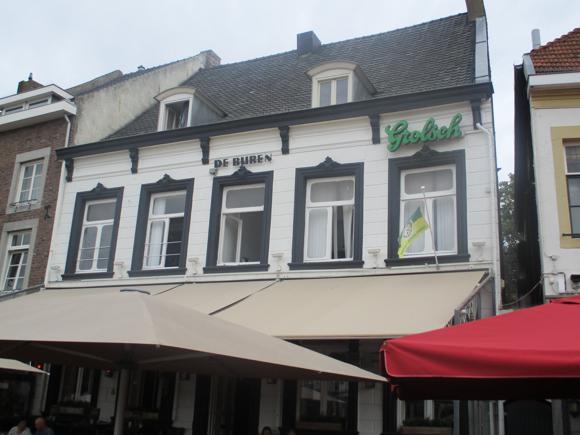






Bars and restaurants line the main square, Markt. The most prominent is Café Schtad Zitterd, a much-loved local landmark. Landlady Angelique took the place over from her parents in 1996, when locally born Dutch cabaret star Toon Hermans was still a regular.
Alongside, De Buren is more modern, with a big screen for matches. On another side of the square, Café de Hollande also shows games and offers a surprising number of beers on tap and by the bottle.
Further round the square again, the Tapperie De Gats has an even wider selection of ales while Het Hophuys is both a beer specialist and Fortuna hangout.
Just behind on Limbrichterstraat, De Kup is another classic old bar woven into Sittard’s urban fabric. Also close to the square, Café ‘T Sjterfhoes dates back over a century and puts up a screen for big games.
Where to stay
The best hotels for the stadium and city centre
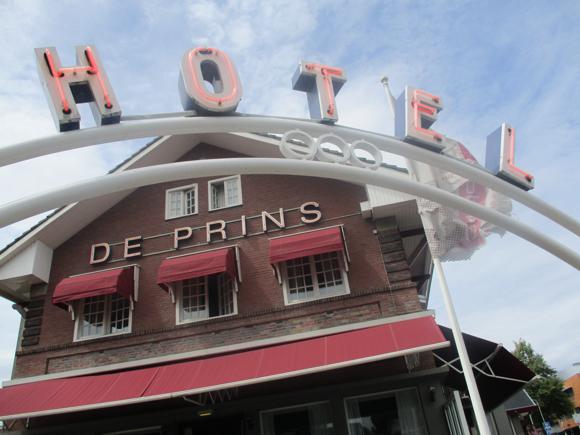
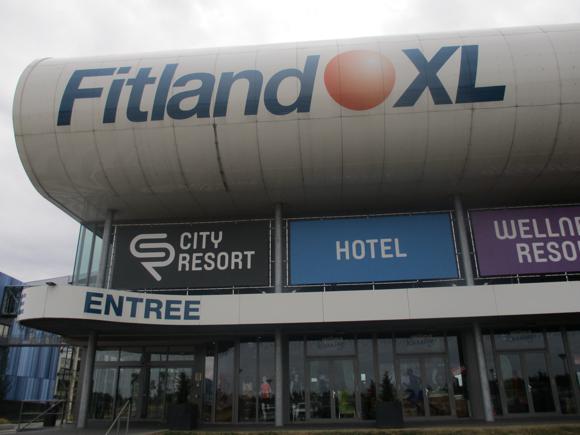
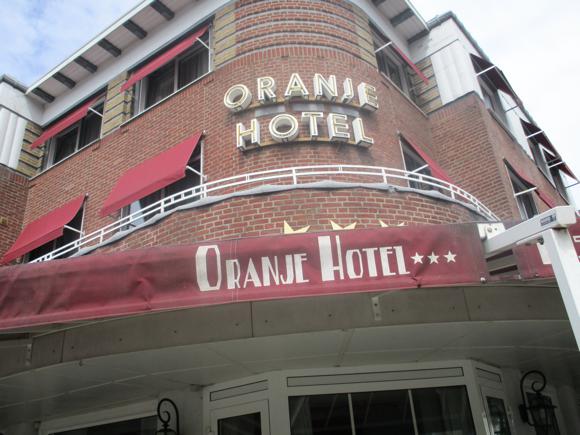
In Sittard-Geleen has a detailed hotel database in English.
Opened in 2013 right by Fortuna Sittard Stadion, the Hotel City Resort offers match packages of an overnight stay, two-course dinner, ticket and free use of the extensive sports and fifth-floor spa facilities. As well as massage treatments, there’s a well-equipped gym, bowling alley and bar/restaurant used by many pre-match. Free parking, too.
Facing each other over a crossroads between Sittard station and town centre, mid-range De Prins has been in the hospitality trade for 80 years while family-run Oranje Hotel Sittard dates back to the late 1920s and was renovated in 2017.




On the main square, De Limbourg Sittard was completely restored in 2015 but retains its historic look, its restaurant terrace occupying a large space by St Michael’s Church.
Round the corner, the Hotel Merici is the finest lodging in town, contemporary four-star rooms with flat-screen LCD TVs and rain showers filling a former monastery. Prices start from around €100/night.
In the same price bracket and almost as historic, Casa Mia offers a room once occupied by Prince Hendrik in what is described as the smallest castle in the Netherlands, built in 1903. Rob and Marja converted it into a grand B&B in 2017.






















